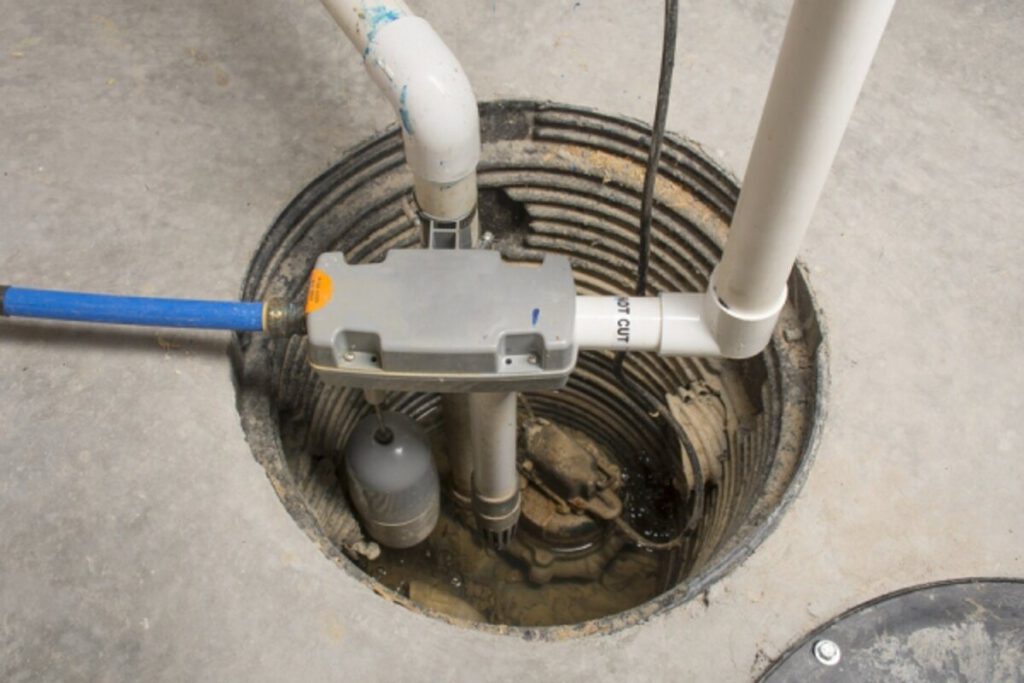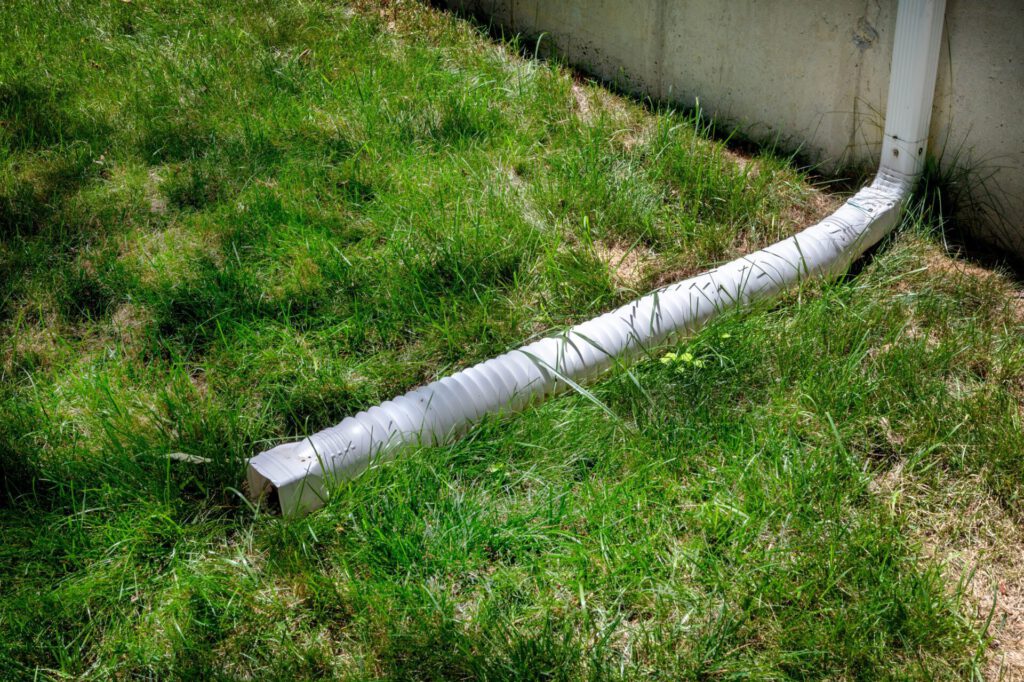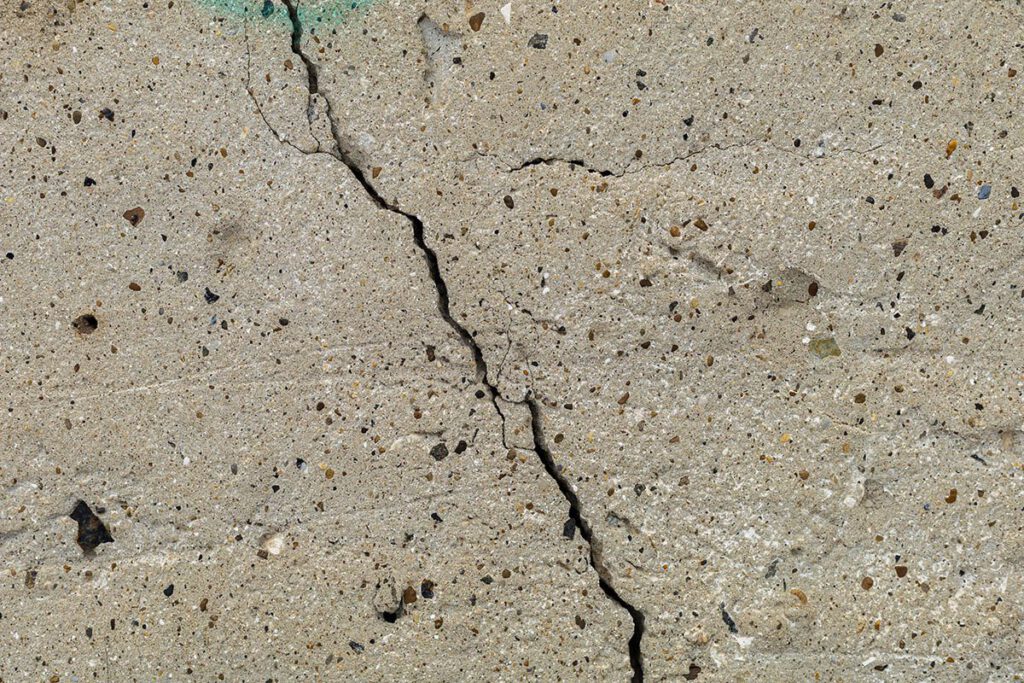What is the Sump Pump Installation Process for Crawl Spaces & Basements?

Sump pump installation can be one of the best methods at your disposal for keeping water out of your crawl space and basement. Placing the pump in a pit at the lowest level in your basement is key to making sure that the pump functions as expected.
Opting for a sump pump after consulting with a crawl space professional is the best way to go. One of the benefits of involving one of these professionals is that they can provide guidance on other mitigation steps you need to take.
Is Additional Drainage Required When a Sump Pump is Installed?
Many crawl space professionals will recommend sump pump installation along with a drain tile system. An in-ground trench around the basement’s perimeter helps provide a foundation for this system. The trench is covered over with concrete and will help serve as a pathway to the sump pit.
The trench will contain a porous plastic pipe and gravel to channel the water into the pit. In crawl spaces, there might not be a drain tile system. When there is no drain tile system, the pump will be placed in the lowest position where water has collected.
In Sump Pump Installation Are There Different Types of Pumps?
With sump pump installation, it’s important to know there are two types of pumps for residential use. Pedestal pumps have the motor resisting above the water and are only partially concealed. Submersible pumps, on the other hand, are completely concealed inside the sump pump pit.
Many homeowners prefer pedestal pumps because they are somewhat easier to repair and cost less. Submersible pumps, however, operate much more quietly.
What is the Best Way to Determine Where the Sump Pit is Placed?
Making careful note of where you have the most problems with water accumulation will help your crawl space professional find the right spot. Although some people attempt to install sump pumps on their own, this is a job best left to a professional.
One of the things that a crawl space contractor can do is make sure the pit is not dug too close to the foundation footing. The equipment necessary to dig the pit to an acceptable depth could cause a lot of damage, making it necessary for contractors to use exact measurements.
What Comes Next After a Sump Pit is Dug?
Your contractor will set your pump in the pit according to the manufacturer’s instructions. Sometimes, it’s necessary for the contractor to add gravel or put the pump on a concrete paver to raise the level.
A check valve and discharge pipe will also need to be added. Your crawl space professional will route this pipe outside so that the water drains away from the house. Sometimes, a professional will need to install a dry well if there is inadequate grading away from the house.
A dry well, if installed, consists of a gravel-filled pit that allows water absorption. This well should be a reasonable distance from the foundation to prevent saturation issues.
If all is working properly, your pump should power on when the water reaches the designated level, then power off. Testing out the pump periodically will make it easier for you to tell if there is a problem so you can have everything seen to as soon as possible.
Having your sump pump installation completed by a professional will help ensure that everything has been done properly. Crawl space experts, such as Falcone Crawl Space, understand everything necessary to keep your crawl space in the best possible space. Contact us today with all your questions about sump pump installation.


